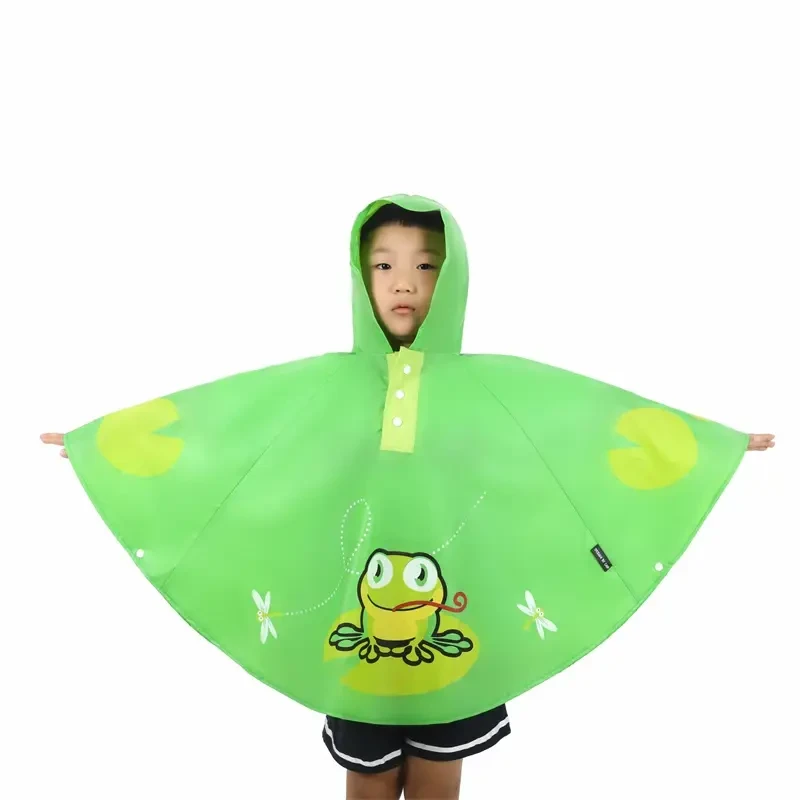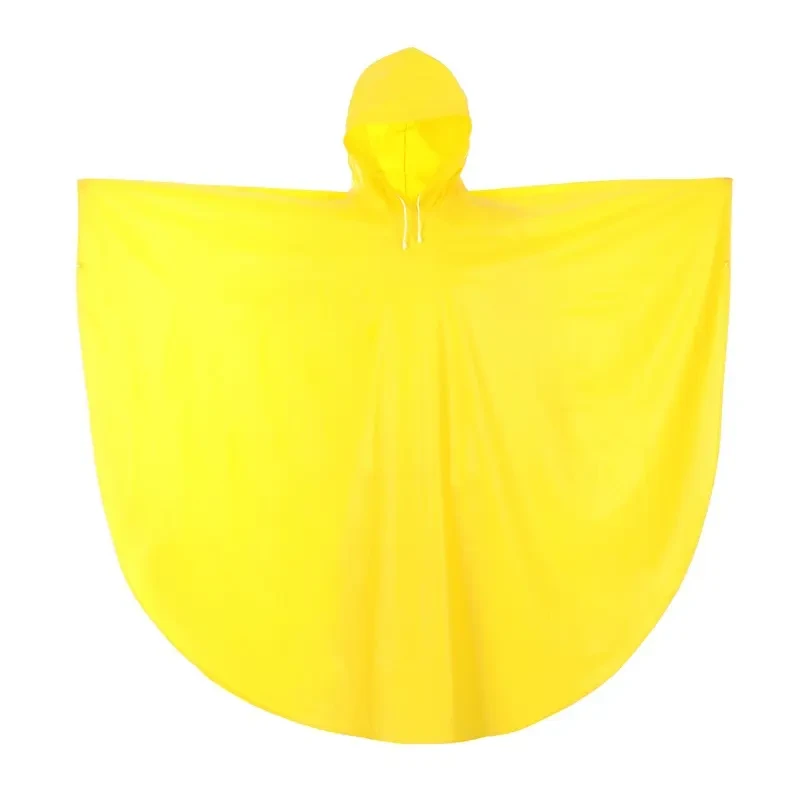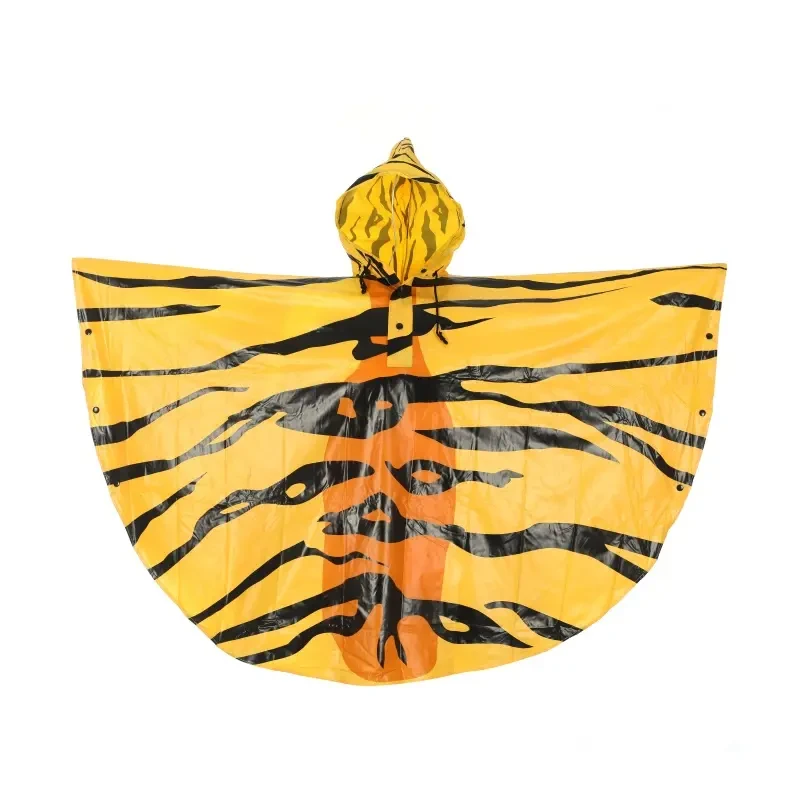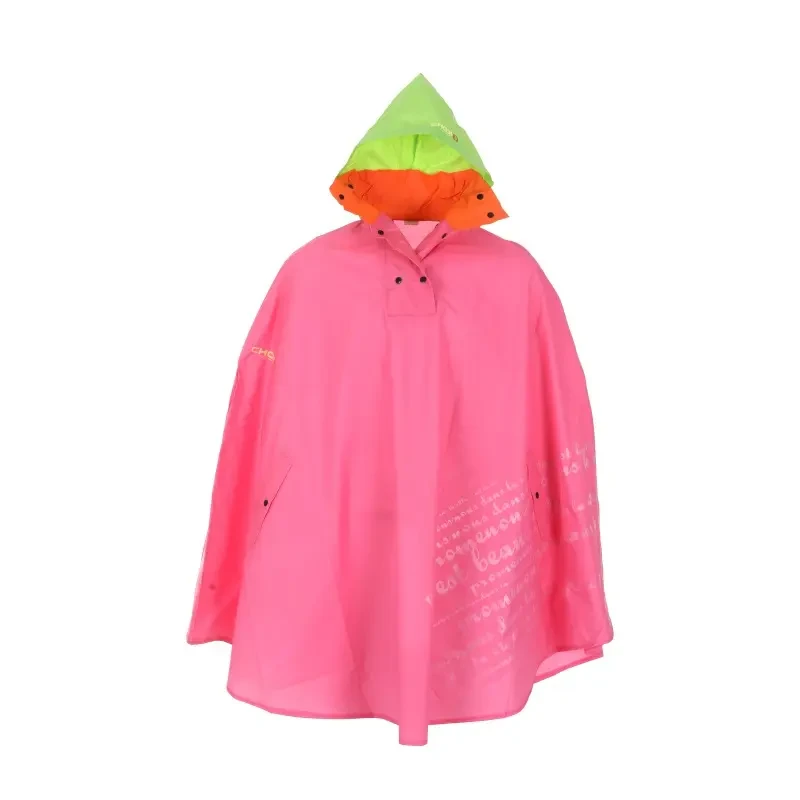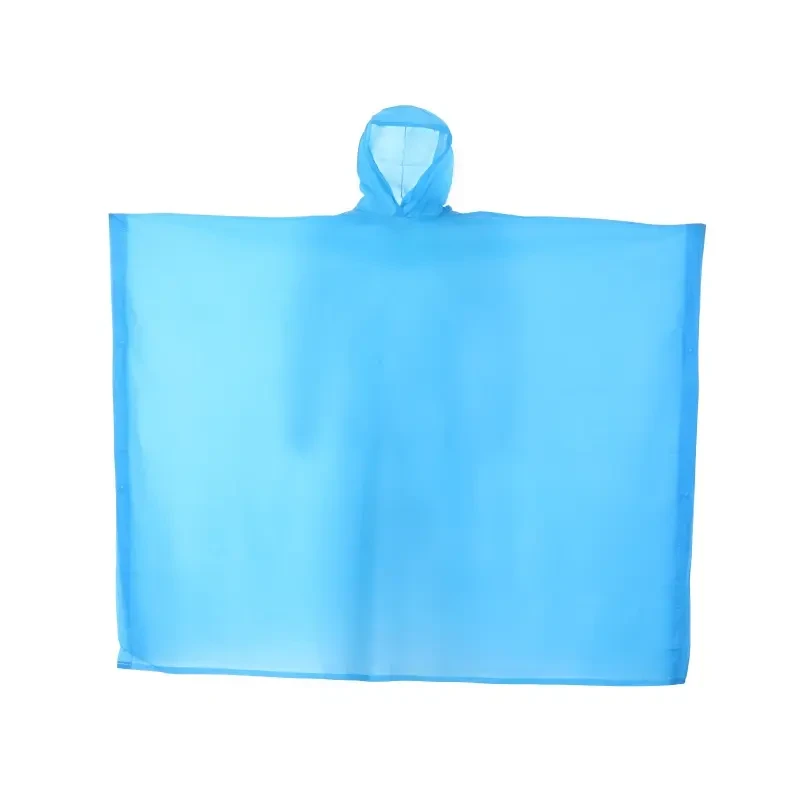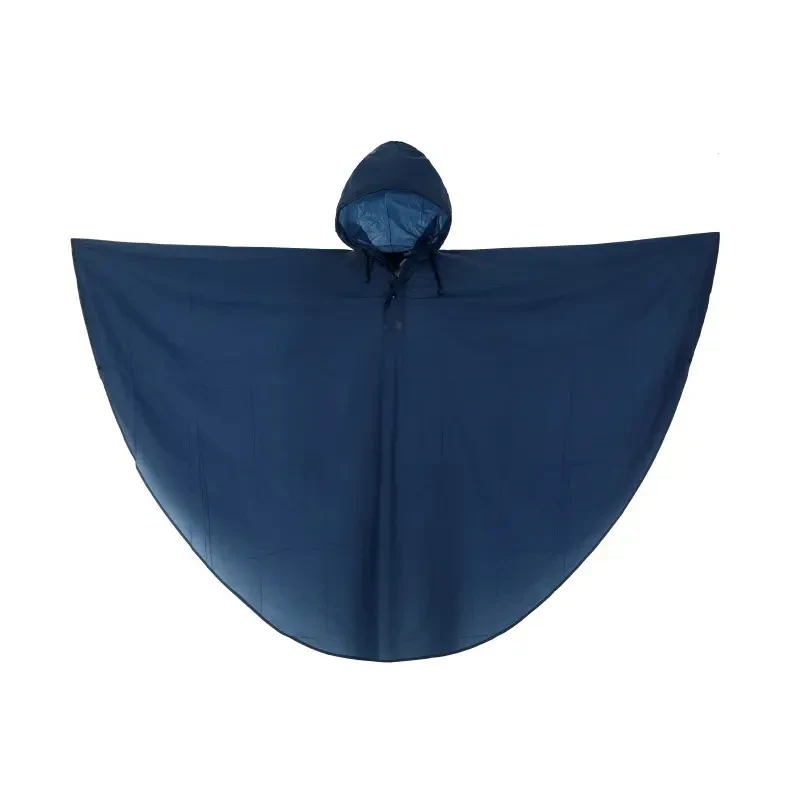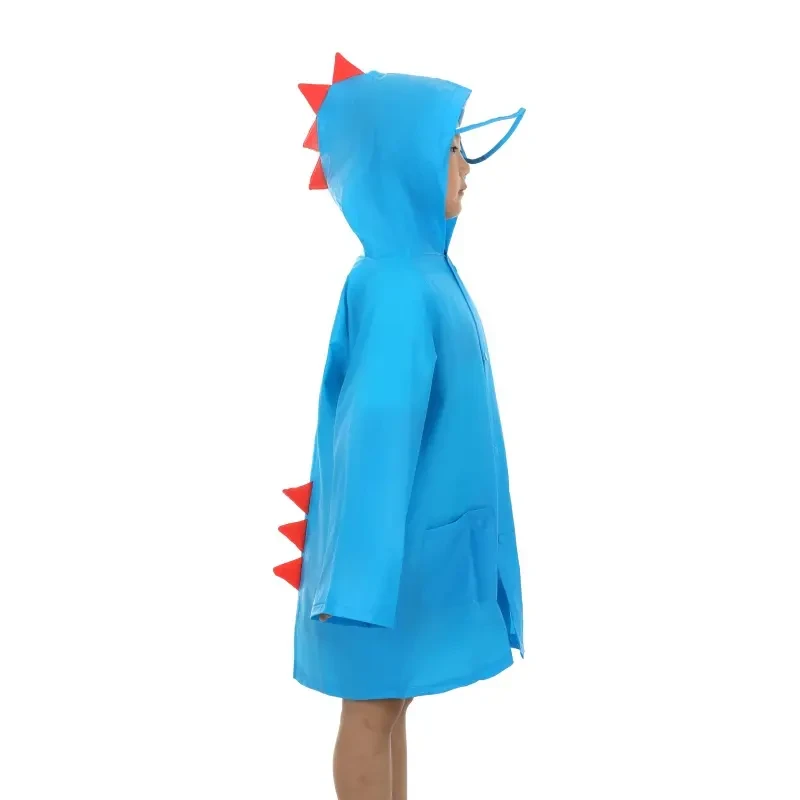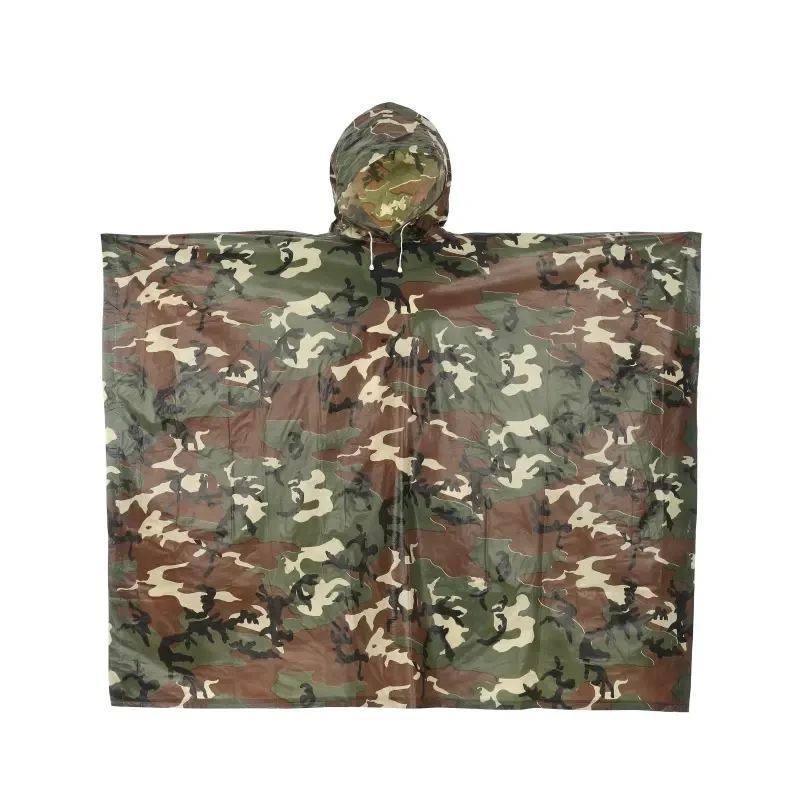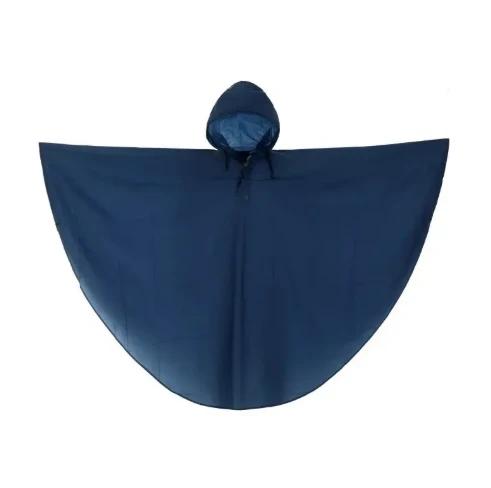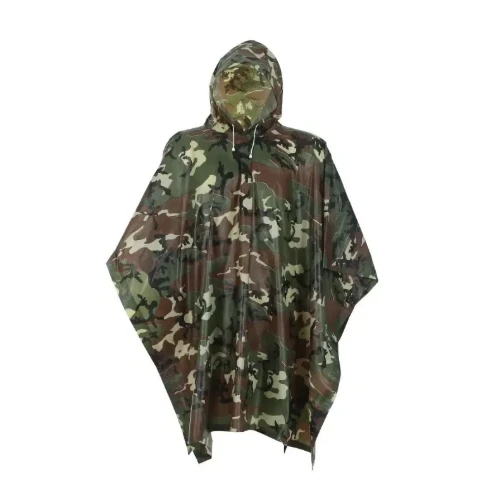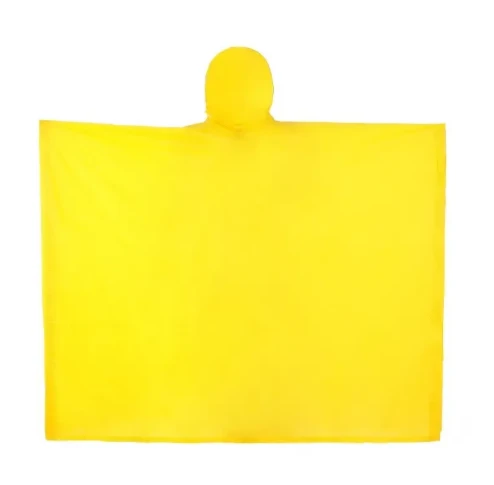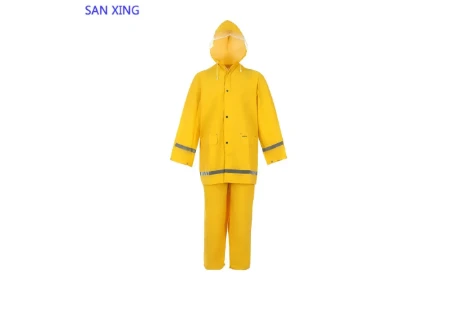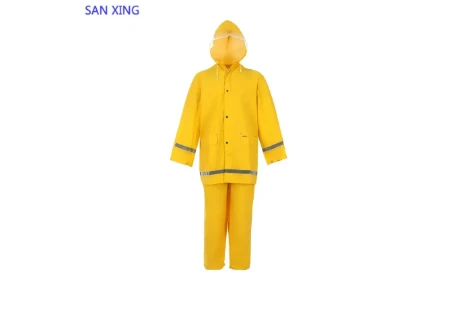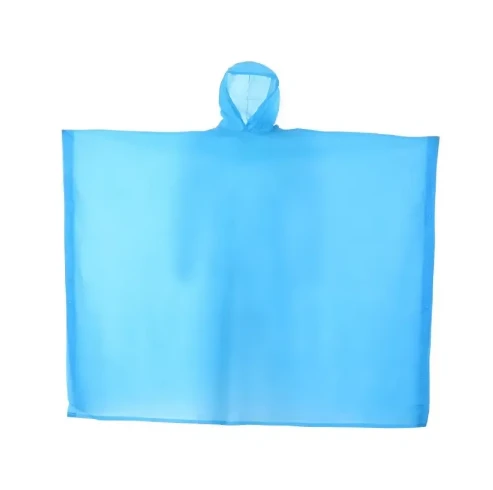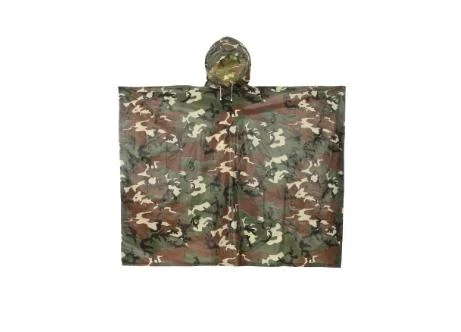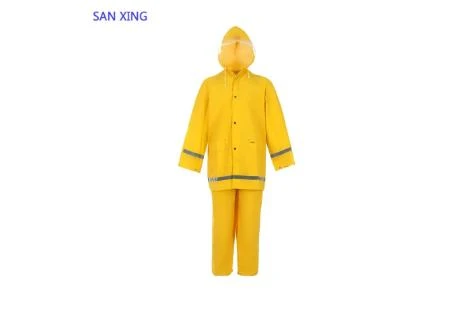
- Afrikaans
- Albanian
- Amharic
- Arabic
- Armenian
- Azerbaijani
- Basque
- Belarusian
- Bengali
- Bosnian
- Bulgarian
- Catalan
- Cebuano
- Corsican
- Croatian
- Czech
- Danish
- Dutch
- English
- Esperanto
- Estonian
- Finnish
- French
- Frisian
- Galician
- Georgian
- German
- Greek
- Gujarati
- Haitian Creole
- hausa
- hawaiian
- Hebrew
- Hindi
- Miao
- Hungarian
- Icelandic
- igbo
- Indonesian
- irish
- Italian
- Japanese
- Javanese
- Kannada
- kazakh
- Khmer
- Rwandese
- Korean
- Kurdish
- Kyrgyz
- Lao
- Latin
- Latvian
- Lithuanian
- Luxembourgish
- Macedonian
- Malgashi
- Malay
- Malayalam
- Maltese
- Maori
- Marathi
- Mongolian
- Myanmar
- Nepali
- Norwegian
- Norwegian
- Occitan
- Pashto
- Persian
- Polish
- Portuguese
- Punjabi
- Romanian
- Russian
- Samoan
- Scottish Gaelic
- Serbian
- Sesotho
- Shona
- Sindhi
- Sinhala
- Slovak
- Slovenian
- Somali
- Spanish
- Sundanese
- Swahili
- Swedish
- Tagalog
- Tajik
- Tamil
- Tatar
- Telugu
- Thai
- Turkish
- Turkmen
- Ukrainian
- Urdu
- Uighur
- Uzbek
- Vietnamese
- Welsh
- Bantu
- Yiddish
- Yoruba
lip . 08, 2025 06:59
- Market Trends in Protective Outerwear
- Technical Engineering of Modern Designs
- Statistical Analysis and Material Performance
- Comparative Evaluation of Leading Brands
- Personalization Options for Professionals
- Real-World Effectiveness Across Industries
- Future Applications and Waterproof Technology
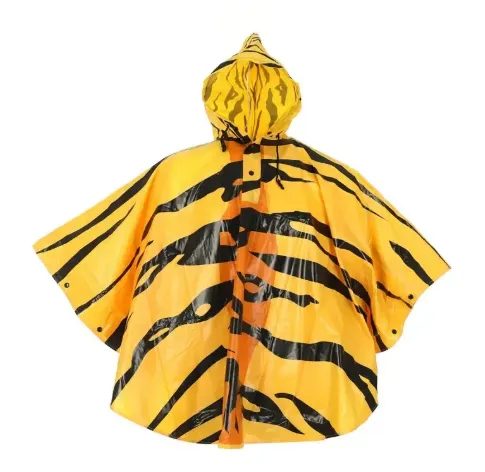
(lined raincoat with hood)
Why Lined Raincoat with Hood Dominates Protective Gear Markets
Waterproof outerwear markets show 12% annual growth since 2020, with insulated variants driving 34% of premium segment revenue. A lined raincoat with hood
represents engineering evolution where traditional PVC meets thermal regulation technology. Construction workers in Seattle report 43% fewer cold-weather injuries after adopting thermal-lined waterproofs, demonstrating real-world impact beyond technical specifications.
Technical Engineering of Modern Designs
Contemporary designs feature bonded polyester insulation creating 0.5cm thermal barriers without compromising flexibility. Triple-layered membranes manage moisture through:
- Outer PVC shield (0.8mm thickness, 5000mm hydrostatic head rating)
- Breathable microporous film (0.3mm vapor transmission layer)
- Insulating fleece backing (150gsm recycled polyester)
Stress testing proves these layered raincoats maintain 98% thermal retention after 35 machine cycles. Unlike basic waterproofs, these systems manage interior humidity levels below 35% RH during extended wear.
Statistical Performance Analysis
Industry evaluations conducted at Textile Innovation Labs compared material performance under controlled conditions:
| Feature | Standard Raincoat | Lined PVC Raincoat |
|---|---|---|
| Water Resistance | 2500mm | 5000mm+ |
| Thermal Retention | None | 2.3 tog |
| Durability Cycles | 15-20 | 35-40 |
| Moisture Transfer Rate | 0.5kg/24h | 1.8kg/24h |
Field data from Scandinavian fishing crews show thermal-lined models reduce cold stress incidents by 27% compared to standard gear.
Manufacturer Comparison Matrix
| Brand | Lining Thickness | Hydrostatic Rating | Temp. Range | Recycled Content |
|---|---|---|---|---|
| StormShield Pro | 3.0mm | 8000mm | -15°C to 25°C | 42% |
| AquaTherm Line | 2.5mm | 6000mm | -10°C to 30°C | 65% |
| NordicProtect | 4.0mm | 10000mm | -25°C to 20°C | 28% |
Independent testing by Global Weather Gear Council shows AquaTherm dominates urban environments while NordicProtect leads arctic applications.
Customization Frameworks
Premium manufacturers now support technical tailoring through modular systems:
- Detachable hoods with magnetic seals for tool integration
- Removable insulation layers (200-400gsm options)
- Conductive thread circuits connecting to heating elements
- RFID-enabled safety reflectors tracking location in low visibility
Architectural firms specify these personalized systems for construction managers, reducing site uniform costs by 18% through mix-and-match configurations.
Industry Implementation Cases
Transportation networks exemplify performance demands:
- Harbor Control Teams: Thermal-lined PVC reduced shift abandonment rates by 67% during North Sea storms
- Wind Farm Technicians: Integrated safety hoods maintained core temperature despite -12°C wind chill at 300ft elevations
- Emergency Response Units: Quick-release insulation enabled medics to transition from freezing rain to indoor environments without overheating
Chemical plant operators report 14% productivity gains when thermal insulation buffers against sudden temperature shifts near processing units.
Advanced Applications in Hooded Raincoat Technology
Next-generation PVC materials feature graphene-enhanced membranes doubling thermal efficiency at 30% reduced weight. Research from Cambridge Polymer Labs confirms prototypes transfer body heat 340% more efficiently than current insulated raincoat technology. Phase-change materials embedded in hood linings will soon regulate microclimates actively rather than passively. These innovations transform protective outerwear into responsive environmental systems where insulation actively manages occupational hazards.

(lined raincoat with hood)
FAQS on lined raincoat with hood
Q: What is a lined raincoat with hood?
A: A lined raincoat with hood is a waterproof outer garment featuring an insulated inner layer for warmth and an attached hood for head coverage. Its design provides both weather protection and thermal comfort. This makes it ideal for cold, rainy conditions.
Q: How does a lined raincoat differ from regular rainwear?
A: Unlike unlined raincoats, lined raincoats include an insulating inner layer (like polyester fleece) for added warmth during chilly, wet weather. They offer superior thermal retention while maintaining full waterproofing capabilities. The hood also ensures comprehensive head-to-hips coverage.
Q: Why choose a lined PVC raincoat specifically?
A: Lined PVC raincoats deliver exceptional waterproofing due to PVC's 100% water-blocking properties, paired with cozy inner insulation. They offer unbeatable protection in heavy downpours while preventing heat loss. The durable material also resists wear in harsh conditions.
Q: When should I wear a lined hooded raincoat?
A: Wear it during cold rainy seasons, windy storms, or temperatures below 50°F (10°C). The hood and insulation provide all-weather defense against moisture and windchill. It’s perfect for outdoor activities like hiking or commuting in autumn/winter rains.
Q: How do I care for my lined PVC raincoat?
A: Hand-wash in cold water with mild detergent, then air-dry away from heat sources. Avoid machine washing or drying to prevent seam damage and liner compression. Periodically reproof the PVC exterior with waterproofing spray to maintain effectiveness.
Related Products
Related News



